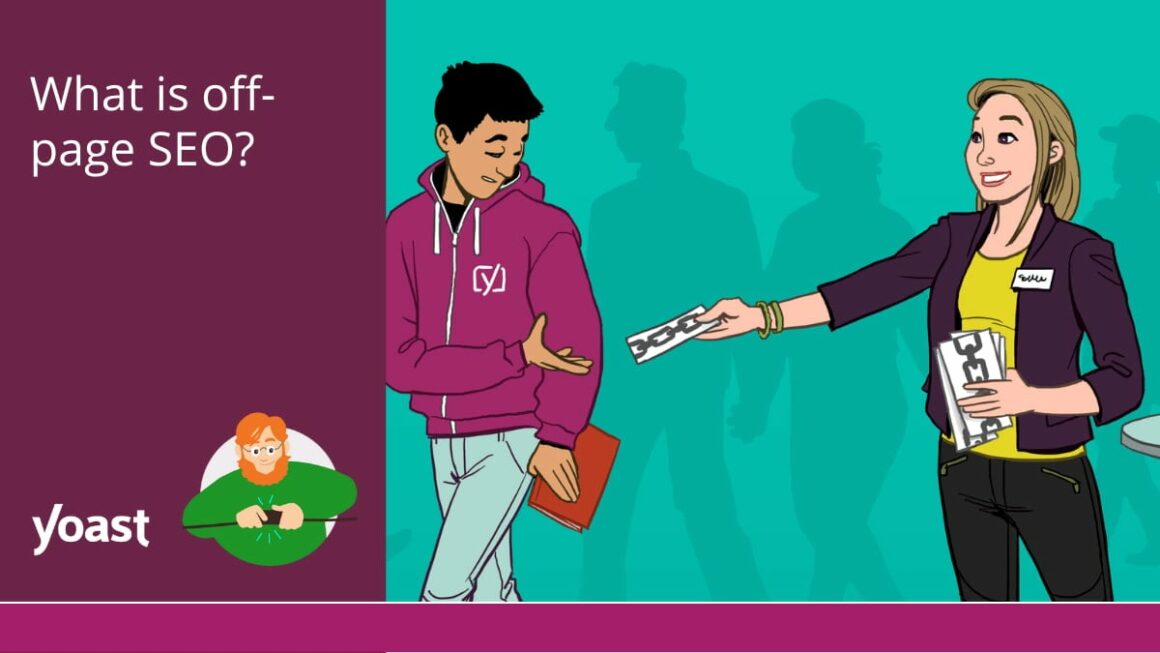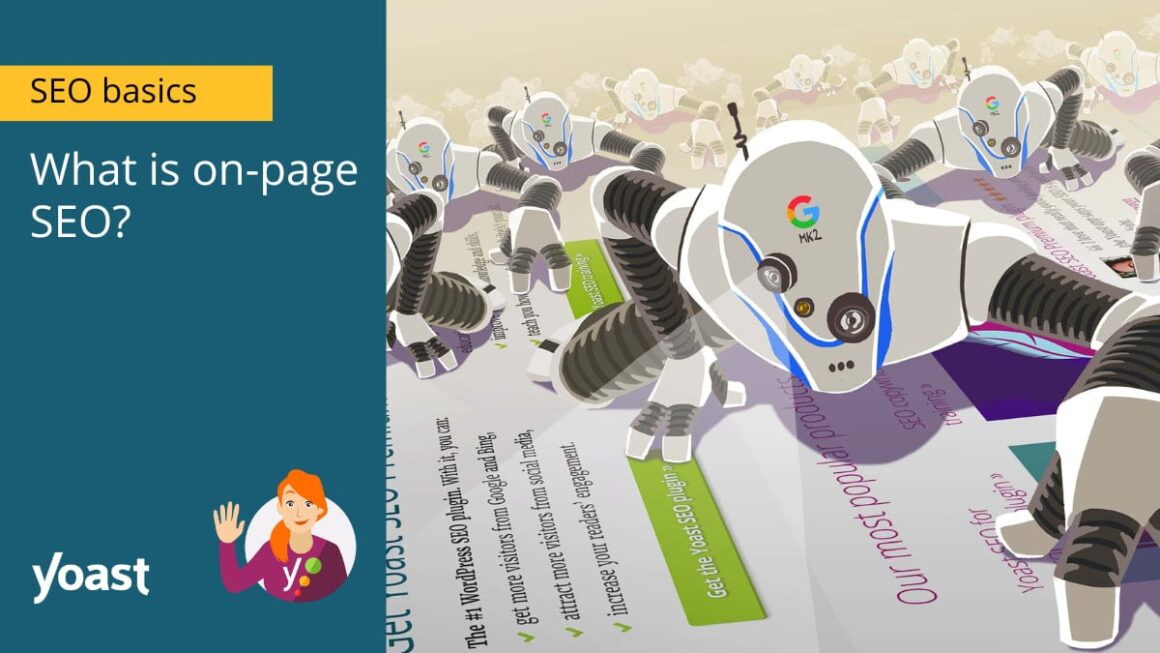SEO can be explained as any effort you make to improve your website. But did you know there’s an important distinction between on-page and off-page SEO? Optimizing your website is called on-page SEO and includes things like site structure, content and speed optimization. Off-page SEO entails, among other things, link building, social media, and local SEO. In other words, generating traffic to your site and making your business appear like the real deal it is. In this post, we answer the question: What is off-page SEO?
Exposure, trust and brand awareness
When focusing on on-page SEO, you’re doing everything in your power to create a good website. You write great content, build a solid site structure, make your website mobile-friendly and work on improving page speed. All is well in the world and you’ve done all you can. Right? Well, there’s another part we can’t forget: off-page SEO. This helps you to bring in those hordes of visitors and potential customers. Both are important pieces of the puzzle.
By writing quality content you can rank in search engines, but by getting a few great, relevant sites to link to that content, you’re increasing the chance that you’ll end up ranking a lot higher. The same goes for building your brand and creating trust. This doesn’t just happen on your site, but mostly off-site. Take reviews, for instance, these can make or break your company. You need them, but they most often appear on external sites. These are all factors that contribute to your rankings.
It’s not only important to rank high for your search term, but also to create trust and a sense of authority. You must appear to be the best search result, not just in a technical and content sense, but also in reality. Popularity, quality, and relevance are everything. Especially now that E-E-A-T (which stands for Experience, Expertise, Authoritativeness and Trustworthiness) has become a core concept in how Google rates your online content.
A lot of it comes down to link building
Links are the threads that keep our web together. Search engines use links to determine how valuable a piece of content or a particular site is. Getting quality links will always be a great tactic if you’re serious about SEO. And who isn’t? In the past, there have been debates on the relevance of links. We firmly believe in the importance of links. That being said, you need the good ones. Don’t buy stuff, and keep a close eye on where and how you’re being linked to. We’ve written several guides on how to get quality links for your site and what you shouldn’t do when link building.
By itself, social media is not essential for ranking well in search engines. It is however growing in popularity, and more and more people are using these platforms for their online searches as well. It’s also a great way to reach more people and grow your brand as a whole.
At the end of the day, SEO is about being found online. By being active on social media, you will be deemed more trustworthy, be more easily found and have a great way to showcase your brand more. People will probably expect to find you there and you don’t want them to end up empty-handed or stumble across your competition. It also gives you a great opportunity to interact with your audience in a fun and approachable way. So make sure to invest in social media to reach your audience.
Local SEO is also off-page SEO
Local SEO is essential if your business is locally oriented. But what is it? Where normally, you would focus your efforts on reaching as many people as possible, wherever they are, local SEO focuses on reaching people in a certain area. So, for example, when you’re a bike repair shop or real estate agent.
For local businesses, part of the off-page SEO is in-person SEO. Word-of-mouth marketing plays a big role in getting people to your business. Not just that, happy customers can leave reviews online that Google – and other potential customers – can use to see how well you are doing. The experiences that people have with your business, should be similar and positive, whether they’re offline or online.
Don’t forget to showcase yourself
Coming back to the importance of showing your expertise or authority on a topic, you need to make sure this isn’t just being said on your website. Make appearances to talk about your field or expertise or service/product with others. By blogging for another website in your field, doing interviews, being a guest on podcasts, or going to events to do a talk or workshop. Share your knowledge and be active to let people know that you’re the go-to person (or website) when it comes to that specific topic.
Off-page SEO is an integral part of your SEO strategy
As we’ve shown, off-page SEO supplements on-page SEO. They go hand in hand. You need to focus on what’s going on outside your website as well. Work on proper link building, branding and your social media efforts to make the most of your SEO. You can optimize your site all you want, but if it isn’t perceived as a quality destination for people, it will be difficult to get people to your website at all.
Read more: The ultimate guide to content SEO »
Edwin Toonen
Edwin is a strategic content specialist. Before joining Yoast, he spent years honing his skill at The Netherlands’ leading web design magazine.
Keep reading the article at SEO blog • Yoast. The article was originally written by Edwin Toonen on 2024-05-14 08:35:36.
The article was hand-picked and curated for you by the Editorial Team of WP Archives.



